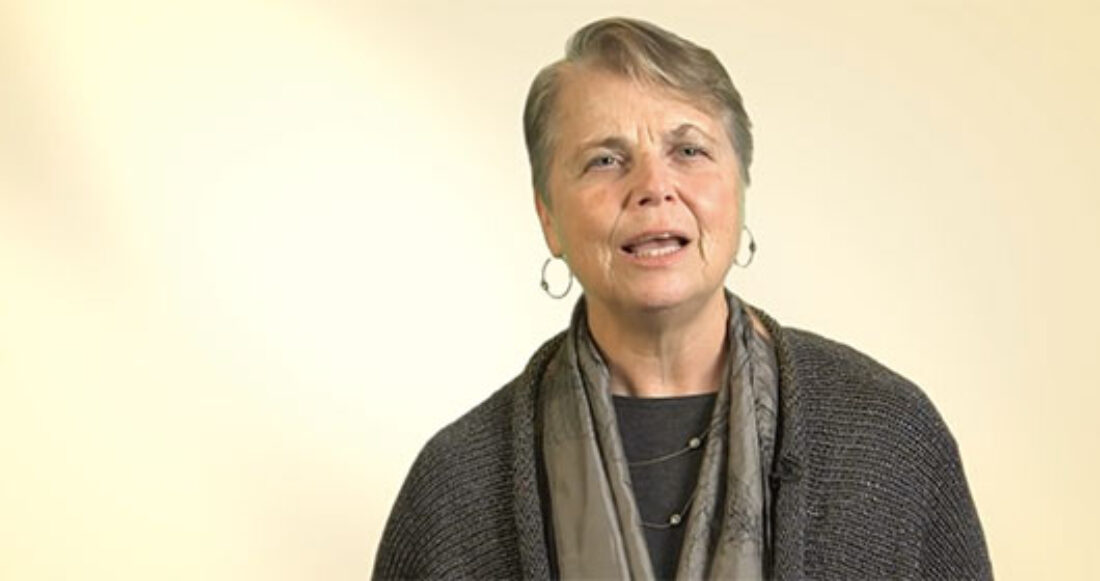New Leadership Video: Improve Decisions with Proposal-Based Decision Making

Reaching consensus on ambitious proposals aiming for big results can be a daunting task, as any leader will attest.
“Before we do, we must decide. Often, that’s the most difficult part of moving from talk to action,” says Jolie Bain Pillsbury in a new video on Proposal-Based Decision Making, part of the Foundation’s series of video tools for results-based leadership development. The leadership development faculty member at the Casey Foundation went on to say, “But action in alignment with others is the only way to move to large-scale results.”
Decisions often result from the majority rules approach after groups discuss competing ideas. This way of doing business lessens the chances of creating decisions that all members of a group can support, often leading to inaction or ineffective results.
Proposal-based decision making includes all participants and provides a much better alternative.
It begins when someone makes a proposal, then others build on that proposal or make other proposals, followed by discussion. Then all participants respond to the proposals by offering a thumbs-up to support them, a thumbs-down to oppose them or a sideways thumb to indicate they’re unsure.
According to Pillsbury, “This engages everyone in the room and makes clear what people think about the proposal. Don’t be afraid of a thumbs-down or a thumbs sideways as this is where proposals get better.”
Leaders should encourage participants who oppose or remain unsure about the proposals to express their reservations in detail. Invite alternative proposals or changes to existing ones. Group members should then discuss all concerns and ways to address them.
The goal is to get a thumbs-up from all participants. If one or two still are lukewarm, ask if they’d support going ahead with the proposal nonetheless. If so, it’s time to proceed, determining who will take action to carry out the decision. If resistance is still encountered, keep discussing the decision until everybody’s ready to move forward.
Proposal-based decision making can be more time-consuming than the traditional majority-rule approach, but it can create better decisions in the long run. “The time invested will pay off with a decision that everyone supports and that moves the group to action,” says Pillsbury.
Watch the video on how to get to High Action, High Alignment





